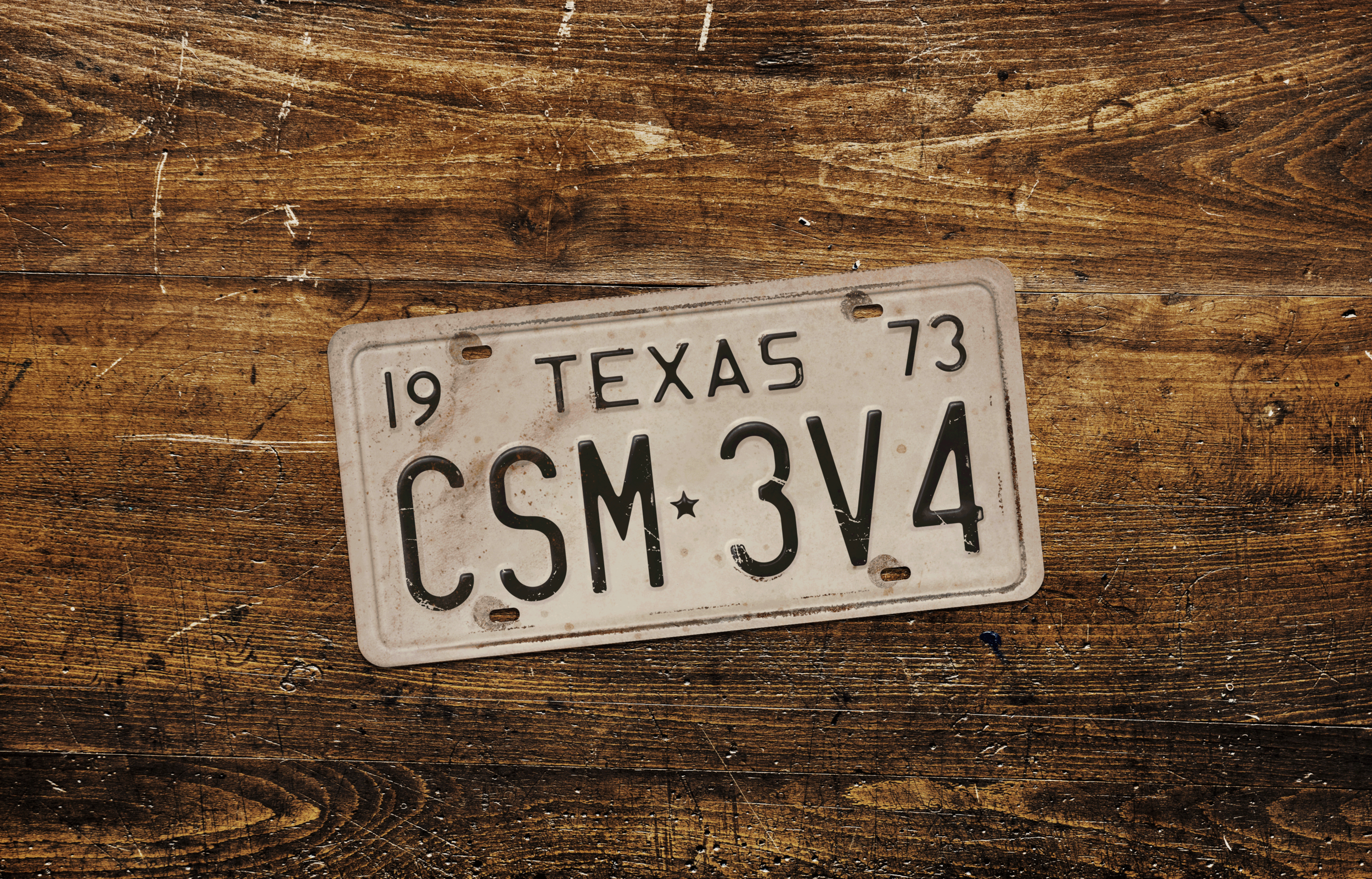A New Take on Asymmetry
Gun first tackled Asymmetrical Horror with the 1 v 8 structure of Friday the 13th. For The Texas Chain Saw Massacre we knew we needed a Family dynamic, a new take on asymmetry. Check out this latest from The Community Hub on how we built from the ground up with a new structure in mind.
“Asymmetrical Multiplayer” can mean a lot of things, but in recent times, we know what we all think of: One brute, one beast, one overpowering entity battling a team of seemingly outmatched human opponents, that if they work together, can best the beast. Commonly referred to as the “1 v Many” structure for asymmetrical game play, Asymmetrical Horror games work extremely well with this structure. The Horror Films we all know and love are often the exact same formula. The local teens all talk collectively and discover the boogeyman, as well as what it will take to defeat him, even if only one teen is left standing when the credits roll. As the group of protagonists gets smaller, the methodology to defeat the monster becomes clearer. In video game terms, as the camper/survivor/victim side dwindles, the match is ratcheting up towards the completion of set objectives. The killer might have a 1 on 1 advantage, but all the fallen soldiers along the way have helped level that playing field. To put it in Friday the 13th words: All you need is the car keys, and you’re gone.
Gun Interactive, and the breakthrough hit Friday the 13th: The Game, helped pave the way for Asymmetrical Horror video game experiences. But the 1 v Many structure made perfect sense there, Jason v Counselors. The team at Gun have always taken a “franchise first” approach to the titles we work on, every design decision being made with that franchise in mind. Said simply, The Texas Chain Saw Massacre is more than just Leatherface, and the asymmetrical structure should reflect that.
“We never want to make the same game twice. You either innovate or imitate, and I don’t have to tell you which one makes for a better game. Everyone at Gun prefers to innovate and push the genre forward. How do you do this? Well, when it came to the design of Texas we knew that 3vs4 was different. All the mechanics and features are built around this fundamental rethinking of asymmetrical multiplayer. Additionally when you look at the ‘74 film, you’ll note there’s an entire family to deal with, not just Leatherface. So it felt natural to have three killers chasing victims.”
–Wes Keltner, CEO/President, Gun Interactive
With a rough idea on the structure of each match defined, the time came to test elements against that structure. Level design, gameplay design, character design and attributes, and balance all would be affected by the structure of the match.
“We love a good challenge, and there are massive amounts of balance required to make three killers feel and play uniquely, while still providing exciting gameplay. When you have three killers and four victims running around a gamespace, you spend a lot of time on level design. Creating shadows and items to hide behind, mixtures of open rooms to move slowly through, while hallways become natural choke points that players can move quickly through to find the next hiding spot. With three killers chasing you around, it can be overwhelming. It was also our responsibility to assure that each level creates exciting moments drenched in terror, but ample spots to catch a reprieve and make your next move.”
–Wes Keltner, CEO/President, Gun Interactive
Ultimately, 3 v 4 was the structure the team found most enjoyable for the experience in The Texas Chain Saw Massacre. This match structure allowed us to keep the Family feeling powerful, but not overpowering and the Victims feeling somewhat helpless alone, but dangerous if organized. The asymmetrical aspect in The Texas Chain Saw Massacre became a part of the moment to moment design of the game, more than just a bullet point in a design document.


